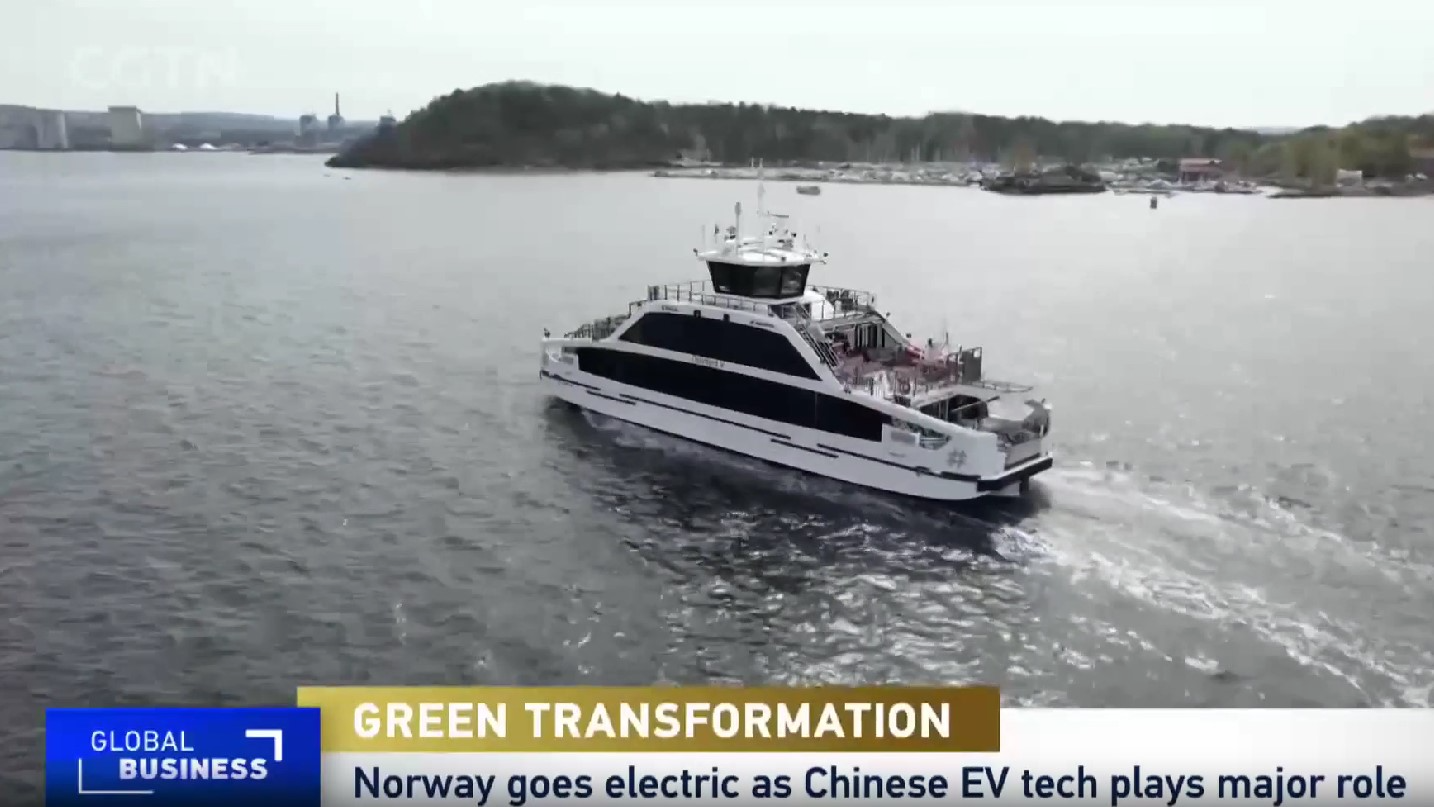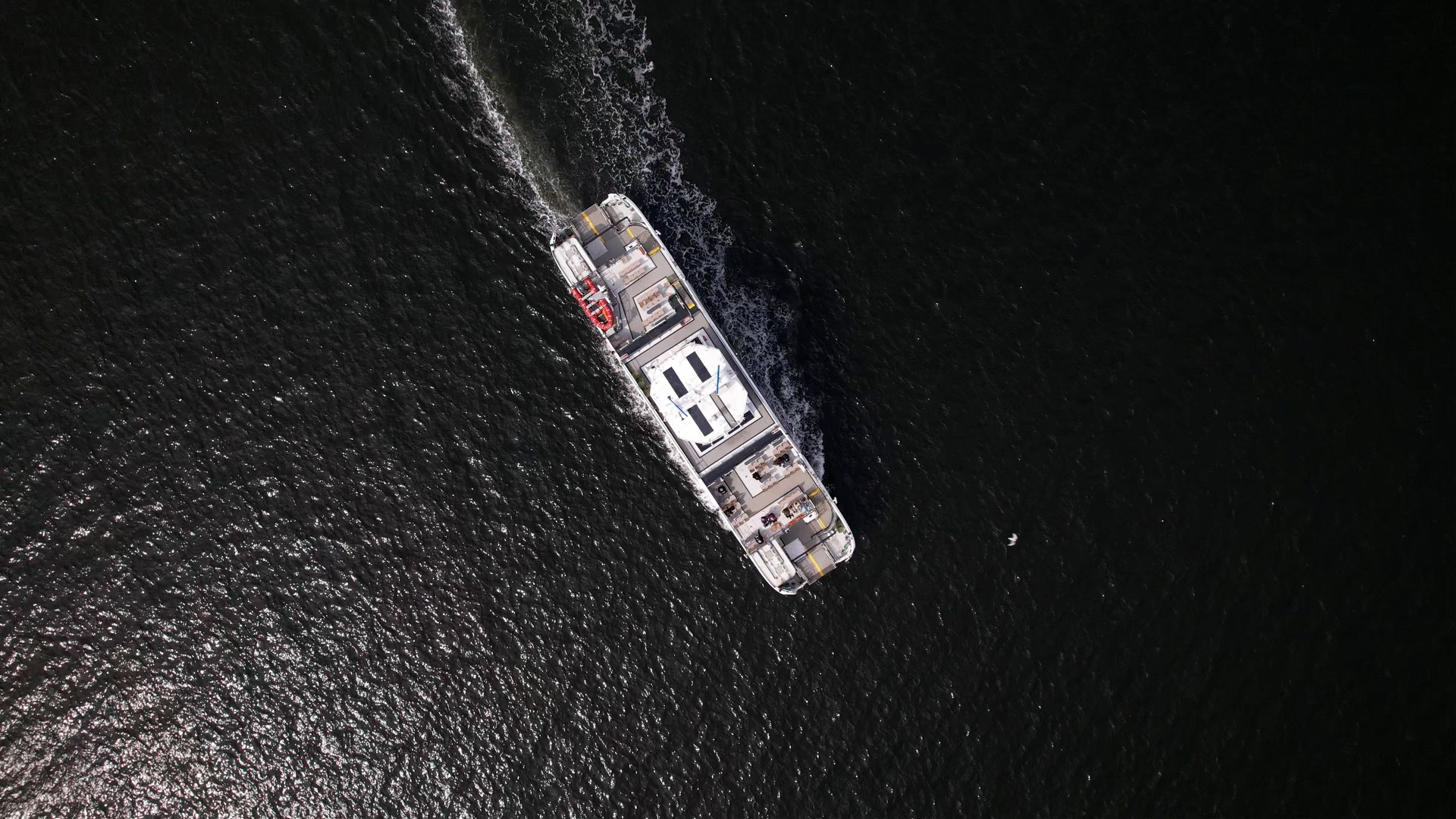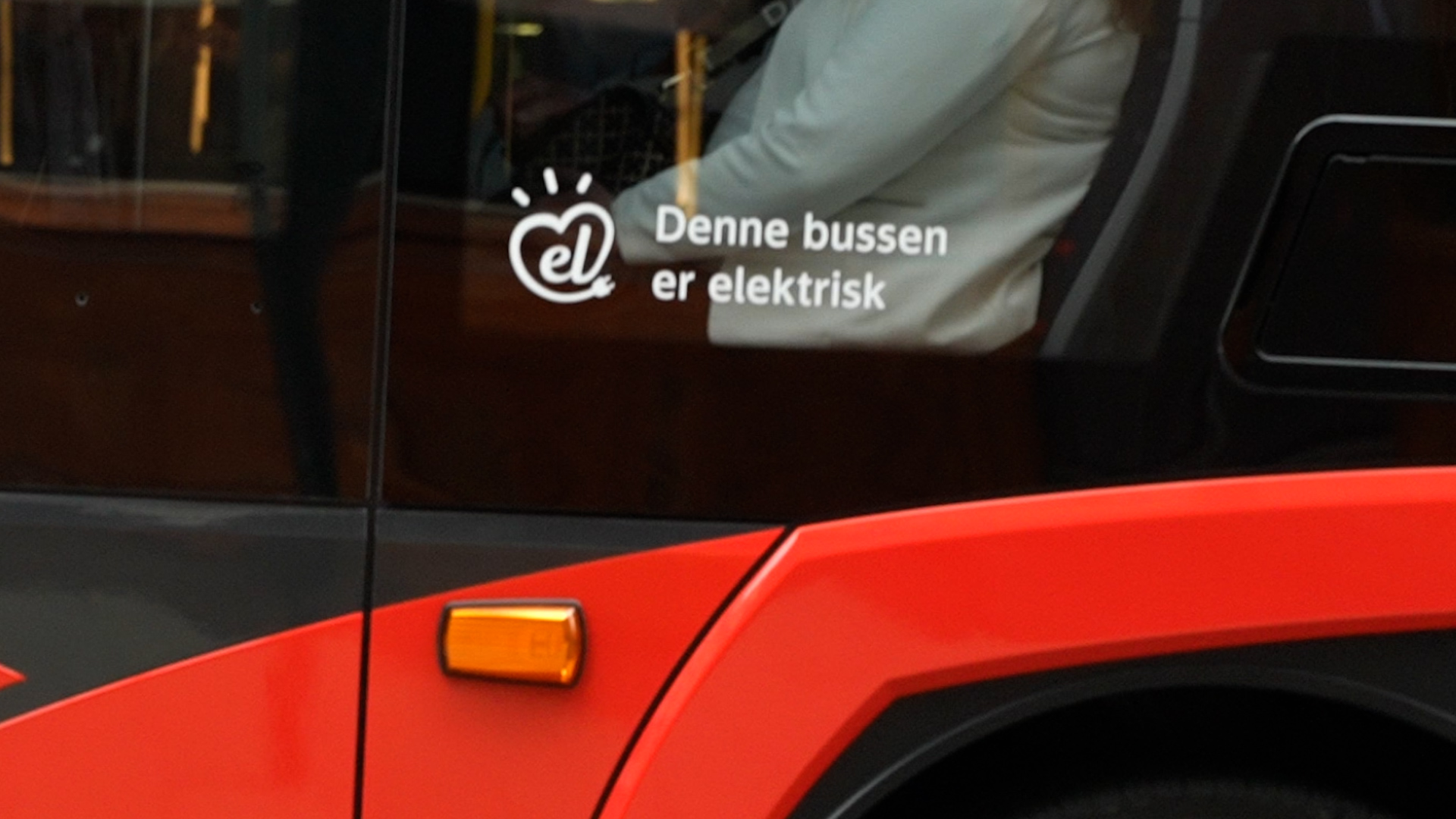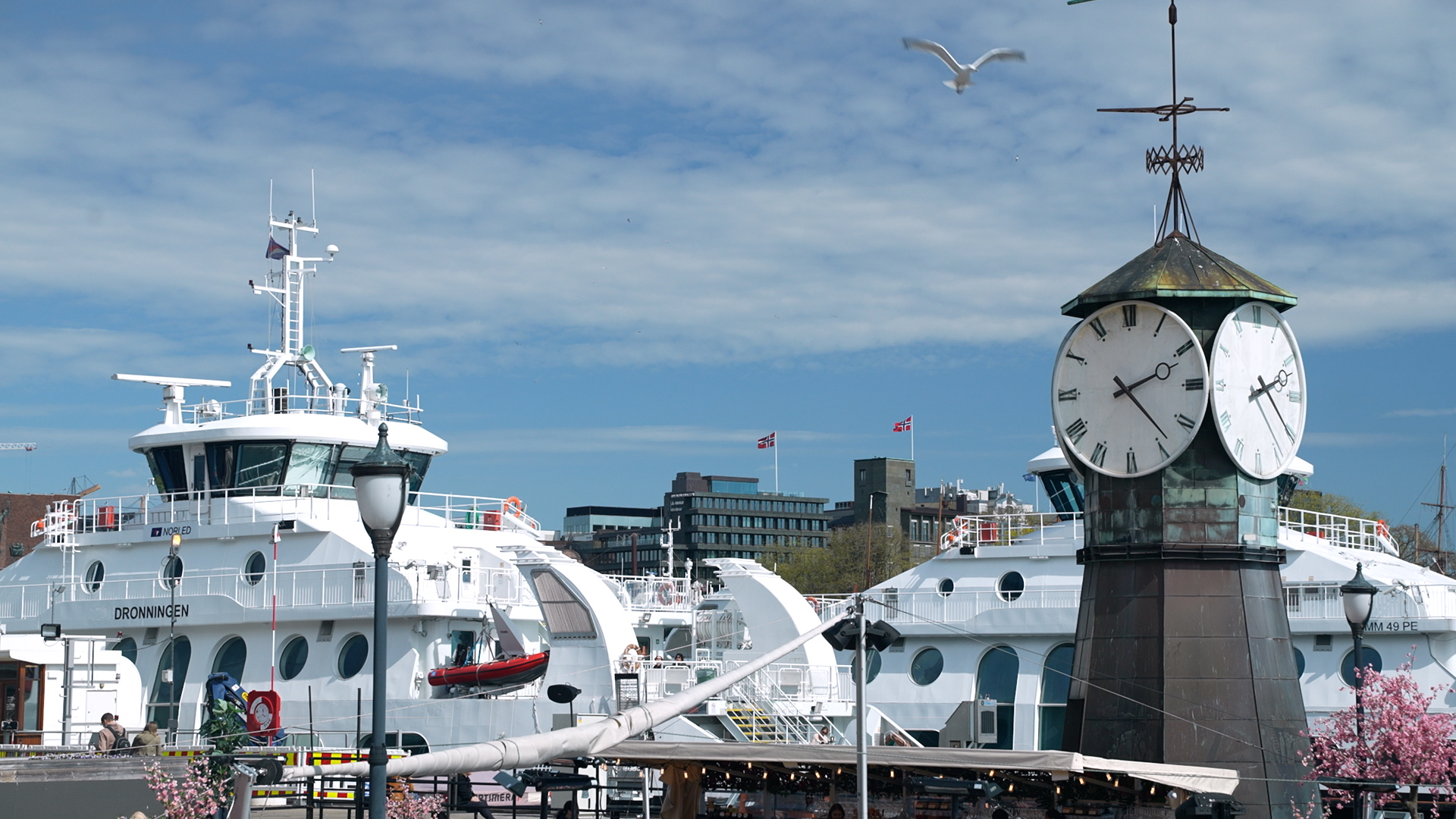02:25

Norway is electrifying all means of transportation, including cars, buses and ferries, as it bids to maintain its position as the world's leader in electric mobility users per capita and reach its ambitious emission goals.
"Our next step is electrifying the high-speed vessel – which is a little bit more difficult," Oslo's boat-charging manager Pal Espen Jensen tells CGTN. "We're going to try to use a battery-swap system inspired by the car industry."
READ MORE
Sweden's fossil-free electric aircraft
China EV makers confident about road to Europe
BYD helps Greek transition to electric cars
Oslo's three electric city passenger ferries – which run at a lower speed – carry up to 600 passengers each, making them the busiest public commuter line in Norway. The batteries of these boats are charged when the vessels dock at certain ferry stops, using charging equipment.
Due to the high-speed vessel's speed of 30 knots (55 km/h), charging its large battery would take too much time. So, inspired by Chinese carmaker Nio's battery-swapping stations, Oslo decided to install the world's first ferry whose battery is swapped each time the boat docks in port.

Electrifying high-speed ferries has been a challenge, but Norway seems to have found the solution. /Gasser/CGTN
Electrifying high-speed ferries has been a challenge, but Norway seems to have found the solution. /Gasser/CGTN
"Inspiration from China was critical especially in an early stage," says Sture Portvik, who runs the electro mobility department of Norway's capital.
"We saw from cities like Shenzhen that it was actually possible to actually electrify all buses, all taxis, and that's what we are trying to copy."
Just like Shenzhen, Oslo's entire city bus fleet will be electric by the end of the year.

In the Norwegian capital, it's already difficult to spot combustion vehicles on the streets. /Gasser/CGTN
In the Norwegian capital, it's already difficult to spot combustion vehicles on the streets. /Gasser/CGTN
Many of the newly-launched electric vehicle brands of China – currently the world's largest EV maker – have chosen Oslo to be their first stop in the European market. This decision is helped by Norway's 2025 target of zero emissions for all new passenger cars and its tax incentives for EV buyers.
"We have a lot of Chinese brands," says Portvik. "They are offering a very price-competitive and a very good product so they have been helping us to boost the whole transition to zero-emission cars."

From Oslo's city center, numerous ferry lines take passengers to nearby islands. /Gasser/CGTN
From Oslo's city center, numerous ferry lines take passengers to nearby islands. /Gasser/CGTN
Although overall Chinese investments in Europe declined by almost a quarter last year, electric transport seems to be becoming Beijing's top priority on the continent.
While Chinese battery makers are heavily investing in new European production facilities, the question remains whether Beijing and Brussels will be able to grow closer together through green cooperation.
Subscribe to Storyboard: A weekly newsletter bringing you the best of CGTN every Friday